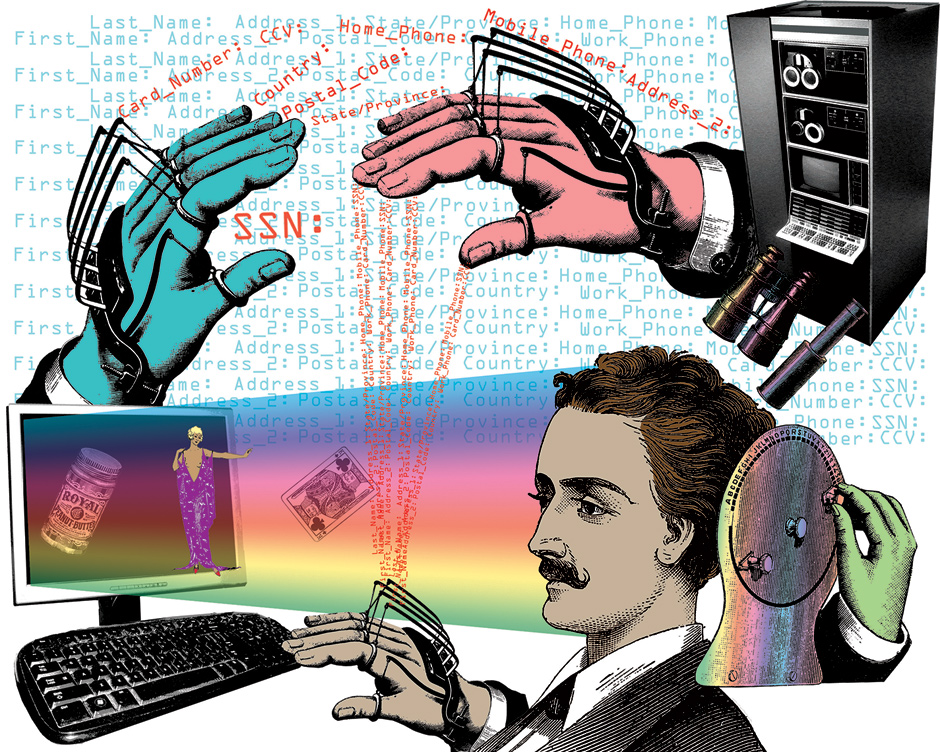The big data world that I work in has a sort of a hangover going on right now – some dizzy blur after a long period of heady growth. Something happened in the way of a Godsmack, on the road to Antioch, in the shape of Brexit and Donald Trump’s surprising rise. For many a wonks, it is no surprise.
Anyone who looks objectively at the data analytics of this or any day knows there is plenty of room for mistakes. As with any hot technology, there's also a lot of space for hyperbole. The journalists’ job is to keep an eye on the chance of failure at the same time he reports the assertions of people making waves with that hot technology.
It is therefore a good time for us to consider the recent article penned by Sue Halprin for the New York Review of Books, which starts with a vignette describing the number of data points - 98 - that Facebook collects on each of a gazillion members. There is some hilarity, as the writer uncovers the false persona a Facebook might construct about here – or you, or me.
Halpren learns by digging into Facebook that the uber site mistakenly views here a guy, probably a gay guy because she tend to evince gay guy characteristics. That is one that algorithm hath writ because Halpren reads The New York Times (and the New York Review of Books.
She writes that the big data proponents want us to believe that data analysis will deliver to us a truth that is free of messiness or idiosyncrasy. Truth is full of such, but humans are prepared to gloss over.
Data science today tends toward the reductive – it puts people in compartments. Studies prove this! And underlying the whole big data wave is advertising. Which has always had an aspect of whimsy and subterfuge? In the days of old, we sent our children to school to learn this to protect them. To often now the kids are sent to the better schools to figure out how to exploit the subterfuge. According to Halpren, we need to recognize the fallibility of human beings is written into the algorithms that they write. - Jack Vaughan
They Have Right Now Another You - NYRB
















